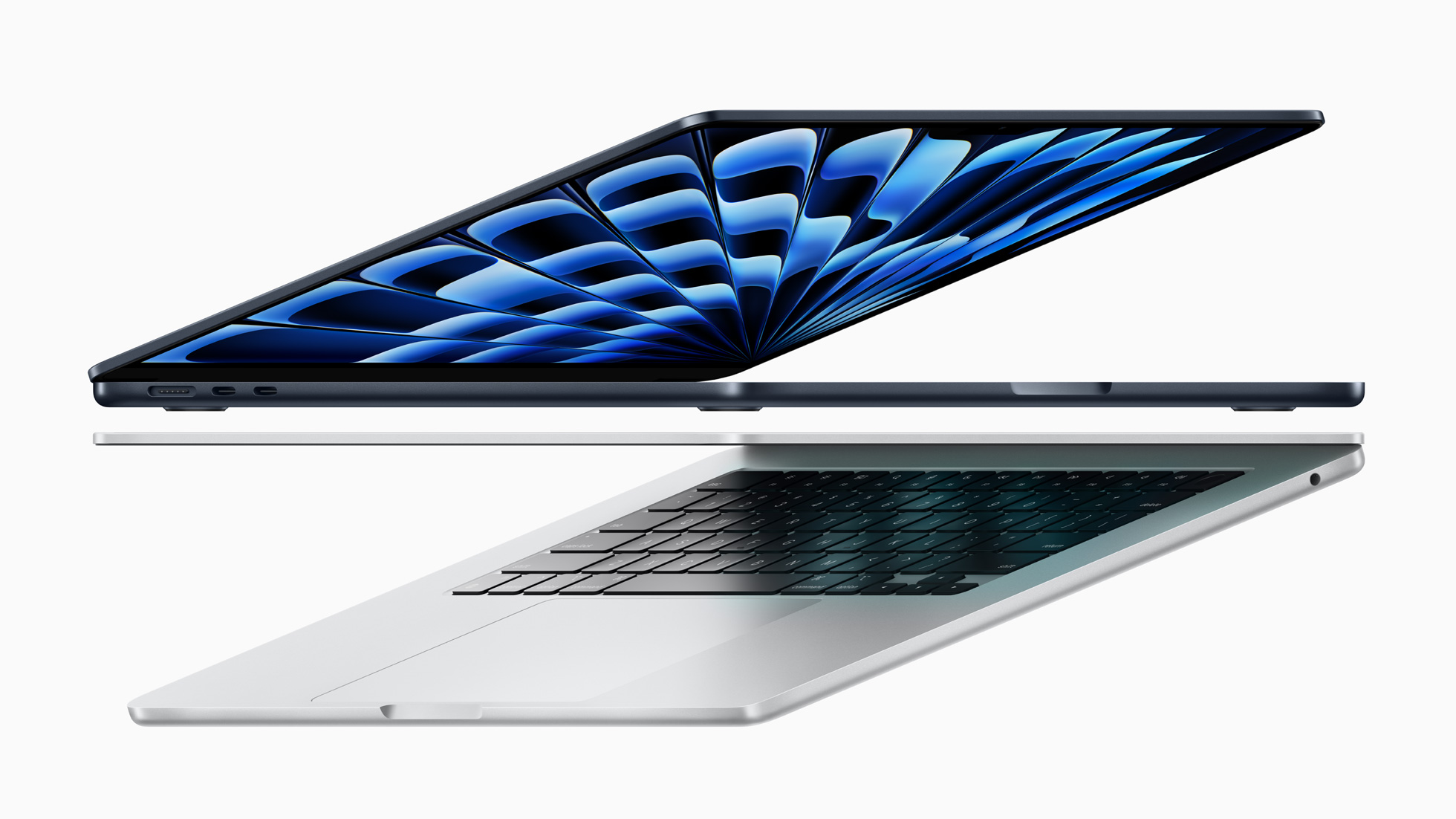Apple’s entry-level MacBook Air notebooks based on M2 processors were heavily criticized for their low-performance solid state drives, as the company decided to cut costs and sacrifice parallelism. However, we have some good news for those interested in Apple’s latest M3-based MacBook Air laptops,discoveredbyVadim YuryevfromMax Tech- as Apple’s entry-level laptops now offer decent data transfer speeds. Nevertheless, their performance is still slower than a decent off-the-shelf PCIe 3.0 x4 drive.
Apple’s entry-level MacBook Air M3 featuring 256GB of solid-state storage uses two 3D NAND flash packages (supporting an unknown number of channels and CE targets per channel), which is a big difference compared to the base model of the MacBook Air M2 that came with 256GB of storage using one 3D NAND package. In brief, the reduced number of NAND channels and consequent two times lower parallelism dramatically affected the older system’s storage performance.

An entry-levelM3-based MacBook Airwith a 256GB SSD can now achieve a sequential read speed of 2,280.2 MB/s and a sequential write speed of 2,108.9 MB/s in the Blackmagic SSD speed test. This is significantly higher than a sequential read speed of 1,576.4 MB/s and a sequential write speed of 1,584.3 MB/s in the case of a base-spec M2-based MacBook Air with a 256GB drive. While storage subsystems of both products are slower compared to an entry MacBook Air M1 laptop with a 256GB SSD, the M3-based MBA is getting very close, and the difference will not be noticeable in the vast majority of real-world use cases.
The storage performance enhancement of the 256GB MacBook Air M3 is particularly beneficial for multitasking and heavy productivity tasks on the base model that features only 8GB of RAM. MacOS tends to swap data that does not fit into RAM to NAND storage and then retrieve it, so fast solid-state storage is important for all Macs in general and entry-level Apple computers in particular.

An avid reader with aDIY Windows PCwould probably remember that the numbers demonstrated by an entry-level 2024 MacBook Air are akin to those of inexpensive mainstream SSDs with a PCIe 3.0 x4 interface from circa 2019. This reader will indeed be right as thebest PCIe 3.0 x4 SSD(Teamgroup’s MP34) can hit a 3,500 MB/s sequential read speed and a 2,900 MB/s sequential write speed (3,400 MB/s and 1,100 MB/s for a 256GB drive though), at least on paper. Then again, real-world performance differences depend on actual use cases.
Apple’s MacBook Air 256GB SSDs vs TeamGroup’s MP34 256GB SSD
Data by Max Tech/YouTube and TeamGroup
In general, the entry M3 MacBook Air has successfully addressed the biggest issue of the M2 model, which is storage subsystem performance. It also added general-purpose and graphics oomph, as well as dual display support with the lid closed, which makes it a contender in the productivity desktop space. While the new baseline MacBook Air is $100 more expensive than its direct predecessor, it looks like its upgrades are worth it. Then again, there are plenty oflaptop PCsthat offer much higher performance in the $1,100 ballpark. It is also likely the PC will have cooling fans so it does notdramatically overheat.
Get Tom’s Hardware’s best news and in-depth reviews, straight to your inbox.
Anton Shilov is a contributing writer at Tom’s Hardware. Over the past couple of decades, he has covered everything from CPUs and GPUs to supercomputers and from modern process technologies and latest fab tools to high-tech industry trends.